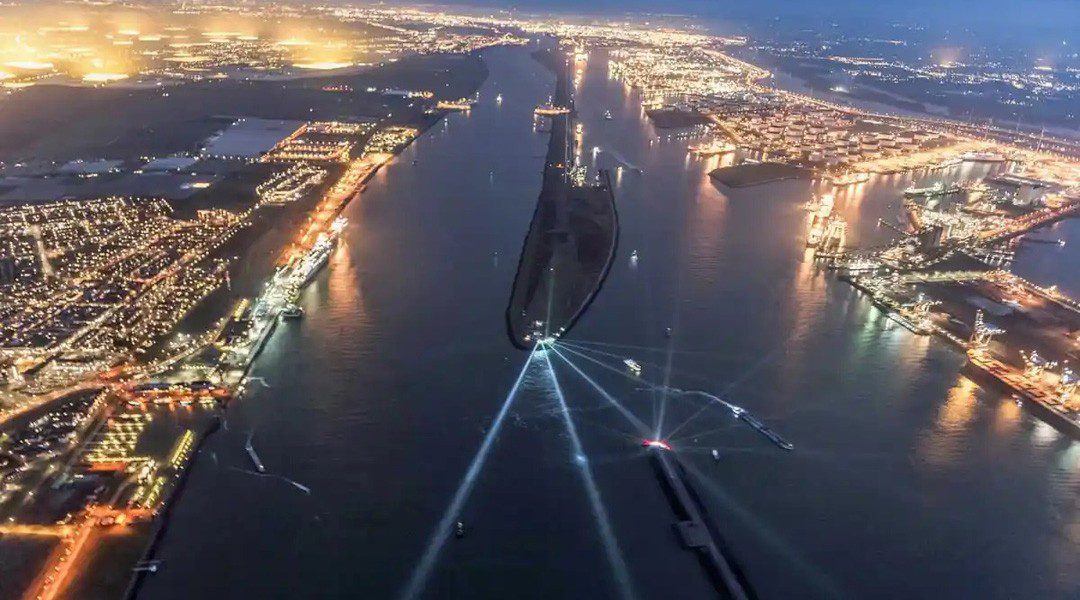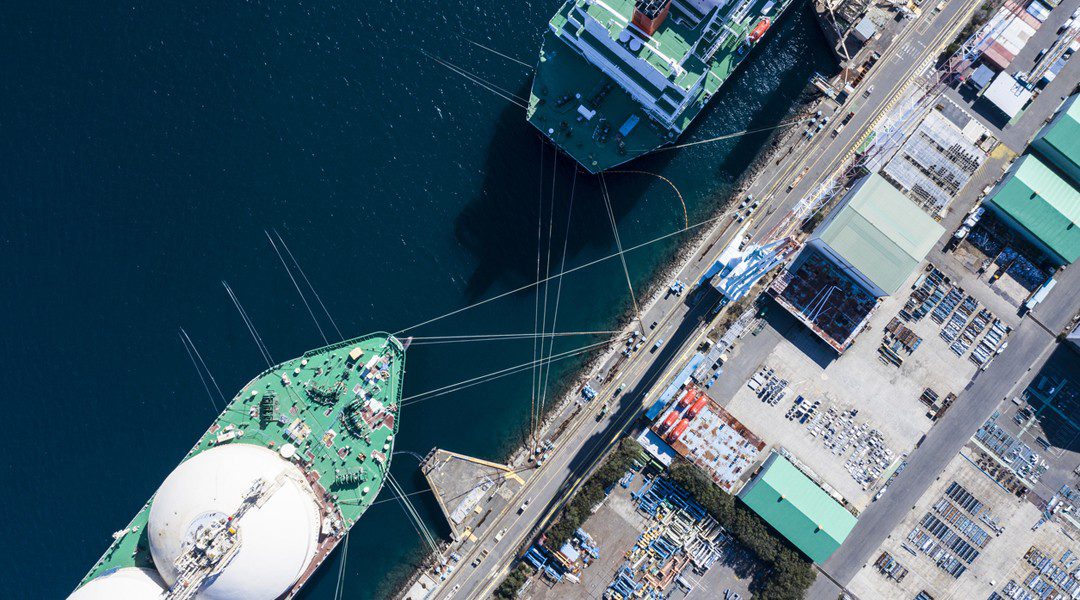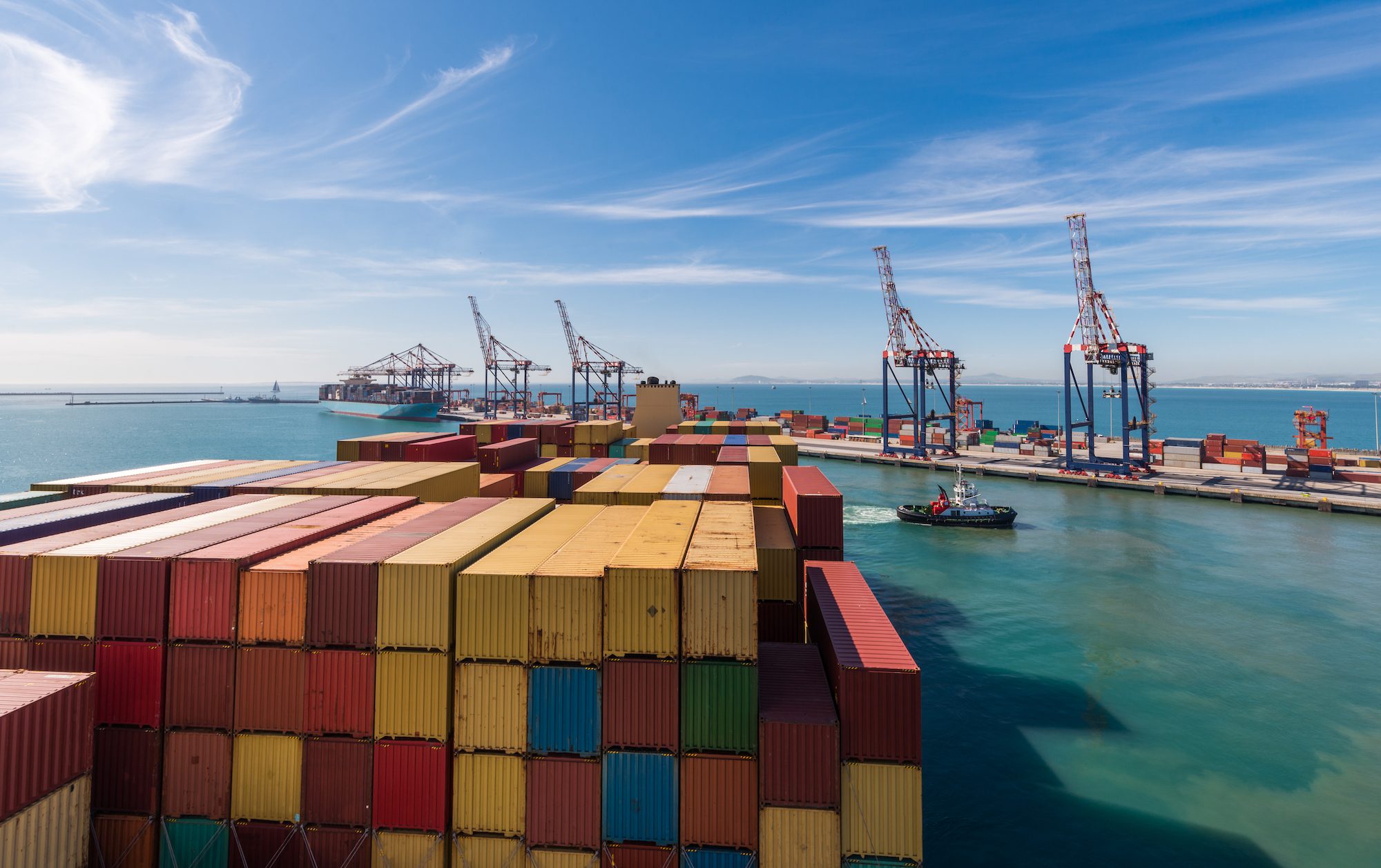Fatal vessel collision with a lighthouse resulting in three sailor fatalities and critical errors on the bridge. It is yet another tragic incident at sea that shows how crucial the role of the officer of the watch is and how easily a moment of inattention can lead to loss of life.
It is yet another accident at sea that shows us how careful the officer on the bridge must be when standing watch.
This time, a cargo vessel performing coastal voyages was underway inside a fjord. Early in the morning, just before the vessel changed course, it collided with a small lighthouse.
Those of us who have spent countless hours on the bridge know how fatigue, routine, and overconfidence can very easily become a trap. A moment of inattention or a delay of a few seconds is enough for a routine watch to turn into a tragedy.
The investigation remains ongoing and the causes of the accident are unknown at this time, but it is speculated that the vessel either began to change course too late and did not manage to complete it, or started to change course when it was already too late.
The foundations of the lighthouse were circular, with a flat top just below the water’s surface. Their diameter was larger than the diameter of the lighthouse itself, which was situated directly on top of the base. This construction created a relatively sharp outer edge, capable of easily tearing open a ship’s hull.
This was the cause of the ship’s hull being torn open and it sinking within a few minutes, resulting in two bridge crew members losing their lives. In total, three crew members lost their lives.
Two more crew members survived, but they were unable to reach the immersion suits located under the bridge’s left wing, as the ship took a list to port, preventing them from accessing them.
One of the survivors managed to launch the right lifeboat. Another crew member who was below in the mess threw some lifebuoys overboard. He ultimately did not manage to get out of the mess.
The investigation found that the hydrostatic release units for the life rafts had not been installed correctly. If the right raft had not been launched manually, no raft would have been released.
We have seen and heard many times that hydrostatic release units are installed incorrectly, which is why we urge the respective officers to check them thoroughly.
Also, the location where the immersion suits and lifebuoys were stored was difficult to access and in this specific case was essentially inaccessible.
The difficult accessibility of the lifebuoys caused the death of one of the crew members while he was searching for them.
The construction of lighthouses and the locations where they are placed, as is known, pose a direct danger if a vessel approaches too closely.
Several times, vessels have sustained damage below the waterline when approaching a lighthouse too closely. It is important for officers to know that this additional risk must be accounted for when passing at a close distance from a lighthouse.
The sketch and diagram show the extent to which the base of this type of lighthouse extends from the superstructure.
Good seamanship dictates that all fixed structures must be kept at a safe distance from the ship.
As we understand, it is clear that the officer of the watch is to blame for this fatal accident, who, either due to negligence or overconfidence, failed to turn in time to avoid the collision.
Once again, we see how a mistake on the bridge can lead to a disaster.
This incident is not just another maritime accident that should be passed off as ‘small print’. It is a reminder to all of us that we must never become complacent during our watch and it requires constant vigilance, humility, and respect for the sea. Because every time we step onto the bridge, we hold in our hands not only a ship but also the lives of those on board.




